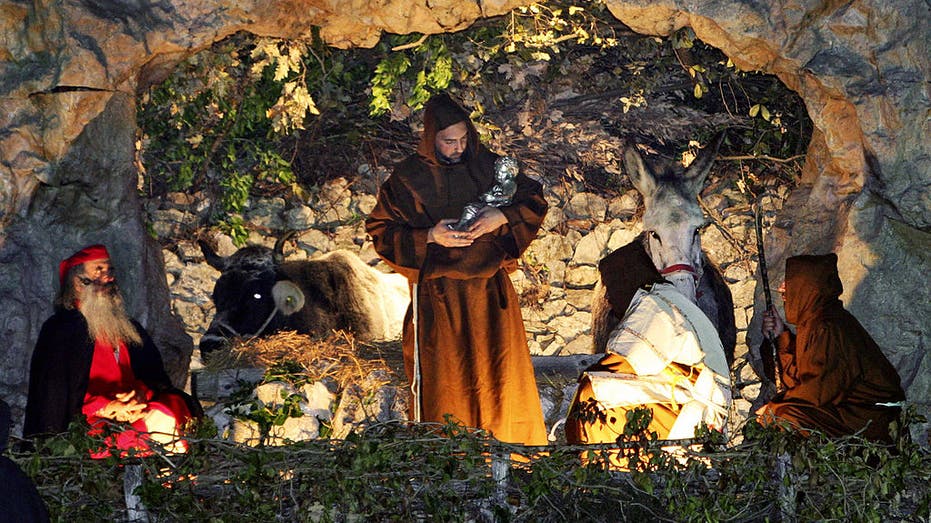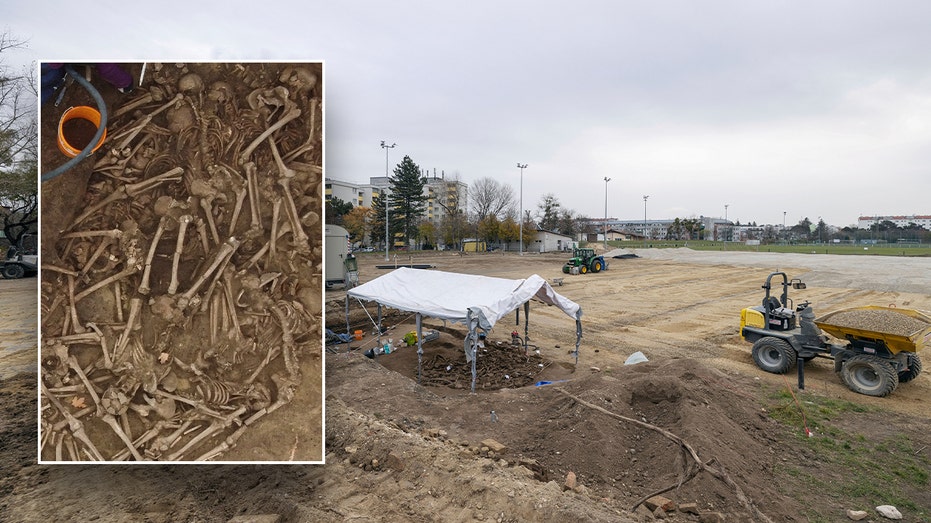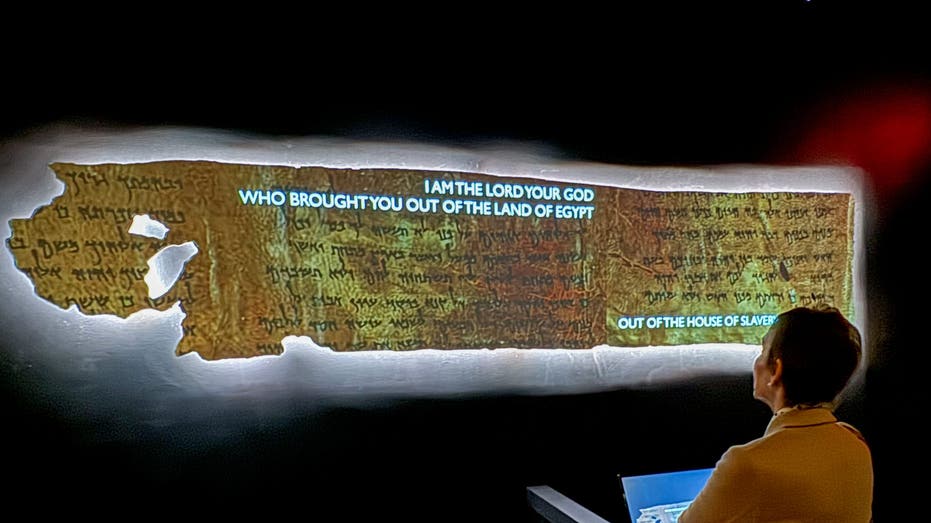- by foxnews
- 08 Apr 2025
Historic Italian village credited for first-of-its-kind Christmas Nativity scene draws crowds for 800 years
Each year, Greccio, Italy, reenacts a living Nativity scene paying homage to Saint Francis of Assisi, who is credited with starting the exhibition that represents the birth of Jesus.

This small village has a rich religious history, being credited with starting the tradition of live Nativity scenes.
Located in the Lazio region of Italy, the town of Greccio is where Saint Francis of Assisi first started the religious custom.
"It was the night of 24 December 1223, a date that marked the birth of the first living nativity scene in history and triggered a tradition that has continued to this day in various places throughout Italy," the site says.
Each year, Greccio celebrates the holiday season by reenacting the birth of the Savior on Christmas Eve, repeating the Nativity until the end of Christmas festivities in January.
The reenactment has six actors in tableaux wearing hand-sewn period clothes while reciting texts on the life and sermons of Saint Francis of Assisi, according to Pro Loco Greccio.
"Francis' genius lay in the fact that he knew that depictions of the Nativity allow Christians everywhere to embrace the solemn mystery of Christmas," said Briscoe.
Briscoe said that seeing figures helps believers more easily "contemplate the glory of that first Christmas."
"Nativity scenes should draw our hearts and minds to the Holy Land, where Jesus Christ was born, and inspire our prayers for peace," said Briscoe.
Fox News Digital reached out to Pro Loco Greccio for comment.
- by foxnews
- descember 09, 2016
Ancient settlement reveals remains of 1,800-year-old dog, baffling experts: 'Preserved quite well'
Archaeologists have recently unearthed the remarkably well-preserved remains of a dog from ancient Rome, shedding light on the widespread practice of ritual sacrifice in antiquity.
read more




